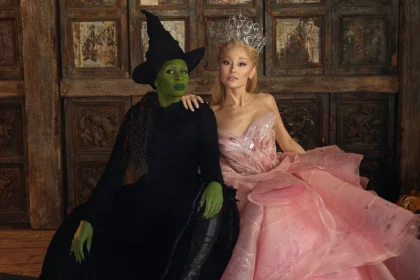As Meghan Markle and Prince Harry continue to make headlines with their candid interviews and public appearances, royal experts are now scrutinizing Meghan’s alleged disconnection from her husband’s life and family. This notion has been brought into the spotlight by Jan Moir, a respected royal commentator and expert, who recently shared her thoughts in a thought-provoking piece for the Daily Mail.
In her article, Moir delved into the intricacies of Meghan Markle’s role within the royal family and the perceptions surrounding her relationship with Prince Harry. She raised a pertinent question: if Meghan’s position involves mending the apparent rift between her husband and his family, has she actively chosen to distance herself from that responsibility? Moir acknowledges that Meghan, like anyone else, has the right to shape her role within the royal fold as she sees fit.
However, the crux of Moir’s observations lies in the seeming paradox presented by the couple’s public statements and actions. Meghan and Harry have been vocal advocates for reconciliation, family values, and healing, often addressing these themes in their media appearances. Yet, Moir points out, they have yet to apply these very principles to their own relationships within the royal family.
Moir’s insightful critique draws attention to the apparent inconsistency between Meghan and Harry’s public messages and their private dynamics. While the couple emphasizes themes of unity and understanding, their relationships within their own family appear strained and contentious. Moir’s description of these dynamics as “toxic as a giant hogweed swamp” paints a vivid picture of the complexity they navigate.
The commentary also brings to the forefront Meghan’s strained relationship with her father, Thomas Markle. Moir underscores the fact that Meghan’s father is living in relative isolation in Mexico, far from the grandeur of Montecito, California, where Meghan and Harry have set up their own residence. Despite their grand declarations of unity, Meghan’s own family remains distant, with her father still awaiting the opportunity to meet his own grandchildren.
Moir’s observations raise essential questions about the public portrayal of Meghan and Harry’s relationship and their interactions with the rest of the royal family. As the Duke and Duchess of Sussex continue to assert their independence and chart their own course, these questions linger in the minds of royal watchers.
The article also touches on the potential future interactions within the royal family, including the prospect of King Charles meeting his grandchildren, Archie and Lilibet. Moir’s commentary subtly hints at the complexities surrounding these interactions, given the existing tensions and the uncertainties they entail.
In essence, Moir’s analysis invites readers to ponder the intricacies of Meghan and Harry’s public persona and the personal dynamics that may differ from the narrative they present. The article underscores the challenges of navigating a life in the spotlight while dealing with intricate family relationships and the often conflicting expectations that come with them.




